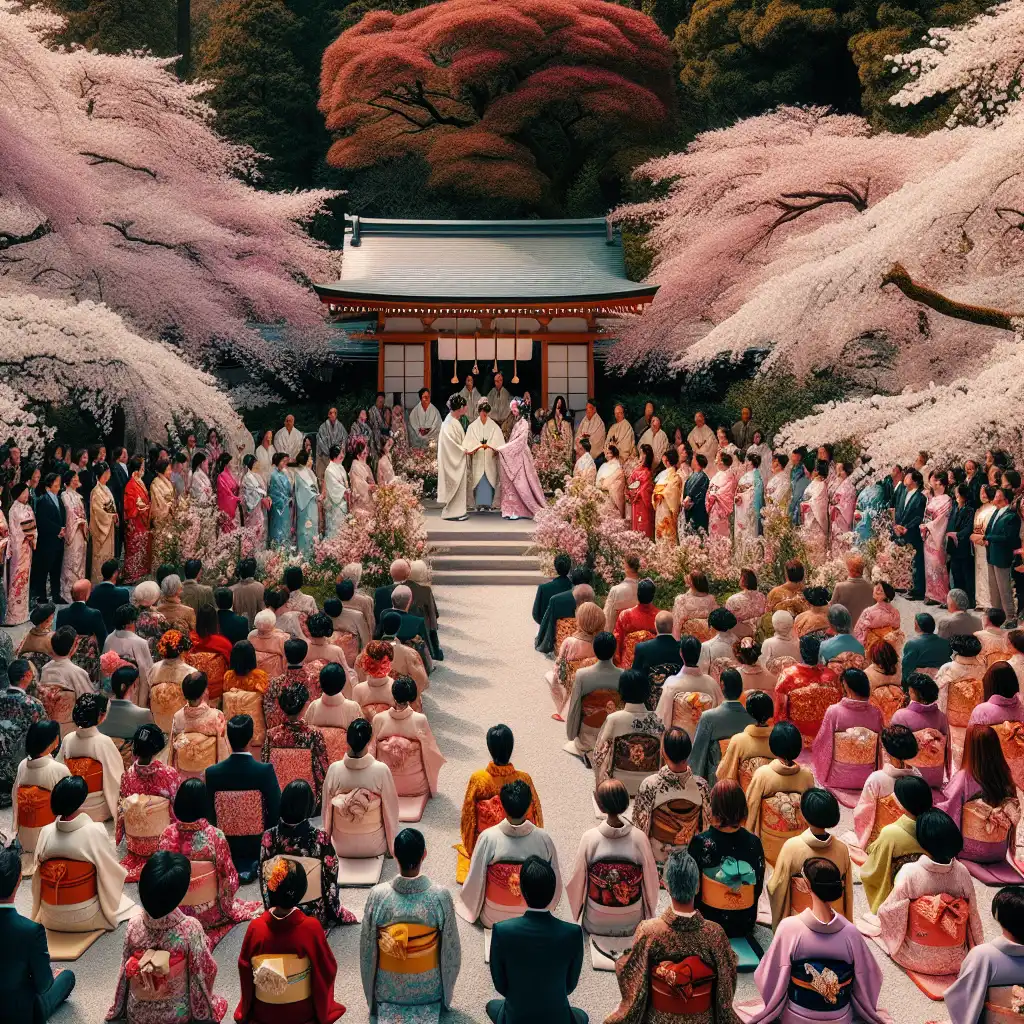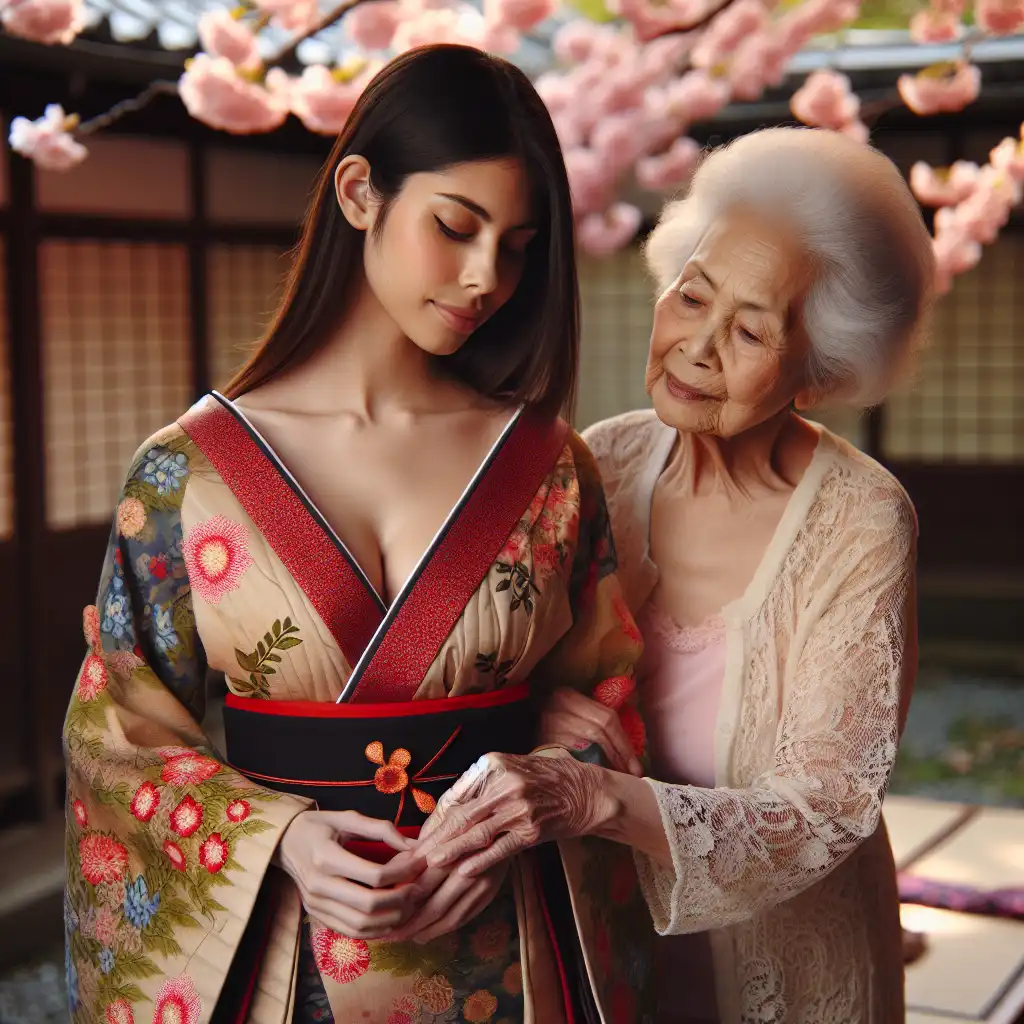
Kimono
Cultural Significance
The kimono is a symbol of Japanese heritage and tradition, often worn on special occasions.  At her graduation, Yumi wore an heirloom kimono passed down from her grandmother.
At her graduation, Yumi wore an heirloom kimono passed down from her grandmother.
Formal Attire
In Japan, kimonos are formal wear, not casual clothing; they're chosen for ceremonies and formal events.  Guests are expected to wear kimonos to the wedding as it's a traditional Japanese ceremony.
Guests are expected to wear kimonos to the wedding as it's a traditional Japanese ceremony.
Complexity of Wear
Putting on a kimono is complex, involving specific folding and tying, often needing assistance.  Tomoko needed help from her mother to properly wear the kimono for the festival.
Tomoko needed help from her mother to properly wear the kimono for the festival.